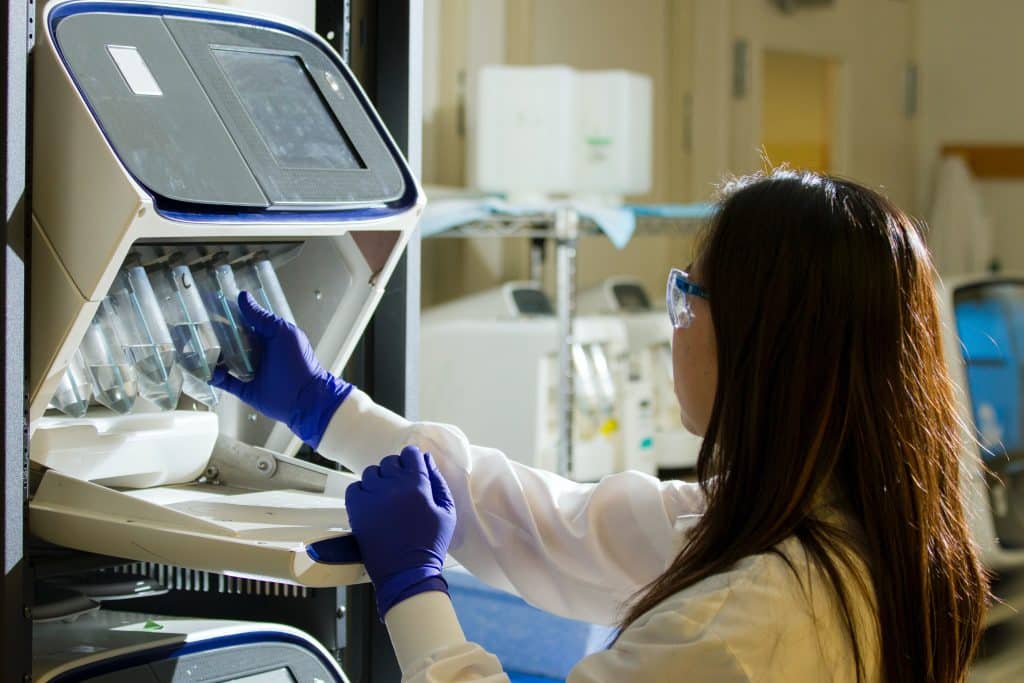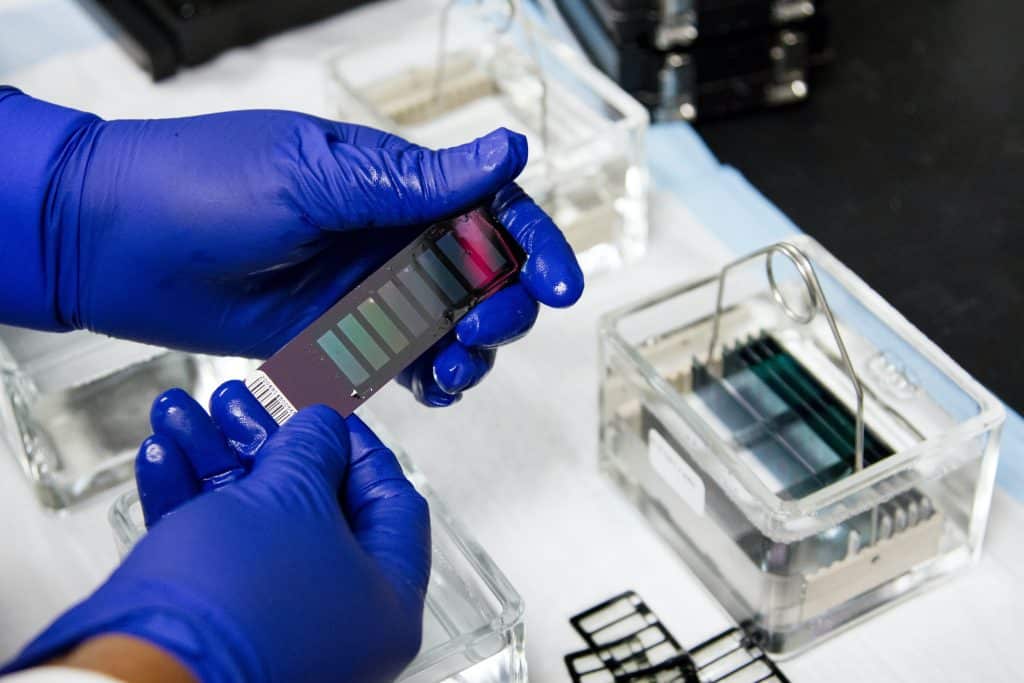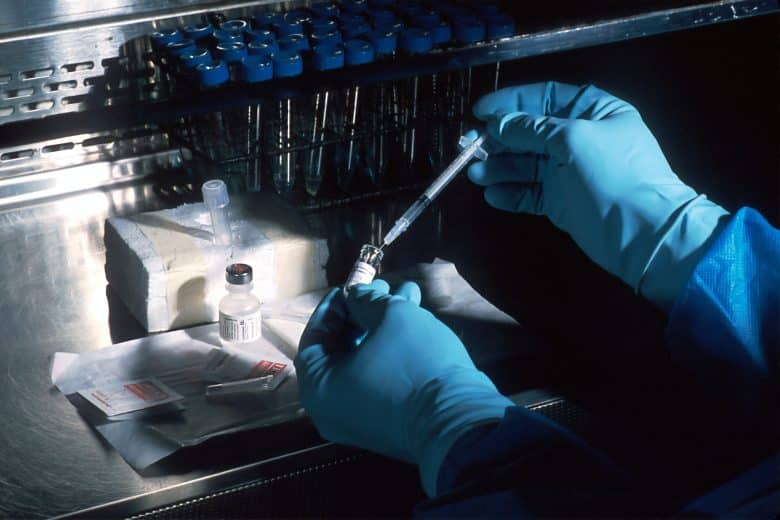The Human Genome Project was completed in 2003, and it was a monumental achievement. For the first time, scientists had a complete map of human DNA. It paved the way for new and exciting advancements in genetic sequencing. In this blog post, you will get to know about some of the best techniques for DNA sequencing and what to expect from this cutting-edge technology.
What Is Gene Sequencing?
Gene sequencing is the process of determining the order of nucleotides in a DNA molecule. This can be done for a single gene or an entire genome.
The first step in sequencing is to create a copy of the molecule. It can be done using the polymerase chain reaction (PCR) technique. Once the DNA has been copied, it is then cut into fragments using enzymes. These fragments are then separated by size using a technique called gel electrophoresis.
The next step is to sequence the fragments using Sanger sequencing technology. It involves adding nucleotides that terminate replication when incorporated into the strand.
The fragments are then placed on a gel, and an electrical current is passed through it. It causes the DNA fragments to move according to their size. The position of the fragments is then determined by looking at them under a UV light.
The last step is to assemble the fragments in the correct order. It can be done using computer software. Finally, the complete sequence can be read from 5′ to 3′.

What Are the Applications of Gene Sequencing?
It is the process of determining the order of nucleotides in DNA. This information can be used in various ways, from diagnosing genetic disorders to tracing the evolutionary history of a species.
- Medicine
In medicine, sequencing is used to diagnose cancer and heart disease conditions. By identifying specific mutations, doctors can tailor treatments to the individual patient.
- Agriculture
In agriculture, genetic sequencing is used to improve crop yields and create new varieties of plants. By understanding the genes that control various traits, farmers can select for desired characteristics, such as resistance to pests or tolerance to drought.
- Forensics
In forensics, sequencing is used to identify criminals from DNA evidence left at a crime scene.
- Research
For research purposes, gene sequencing is used to study the evolution of species and the origins of life itself.
What Are the Different Techniques of Gene Sequencing?
Several different techniques can sequence DNA, including Sanger sequencing, next-generation sequencing, and whole-genome sequencing.
- Sanger Sequencing
Sanger sequencing, also known as chain termination sequencing, is the most commonly used method for DNA sequencing. DNA strands are copied using a technique known as the PCR approach.
The copies are then exposed to chemicals that limit their growth at specific locations. These points mark the beginnings of the original strand’s nucleotides. By reading the sequence of stops, scientists can determine the order of nucleotides in the original strand.
- Next-Generation Sequencing
Next-generation sequencing, also known as high-throughput sequencing, is a newer method that can be used to sequence large amounts of DNA rapidly. DNA strands are randomly fragmented and then sequenced using PCR in this method. The resulting sequences are then assembled into a complete genome using special computer software.
- Whole-Genome Sequencing
Whole-genome sequencing is a newer technique that allows scientists to sequence an entire genome. DNA is first extracted from a cell and then sequenced using next-generation sequencing in this method. The resulting sequence is then assembled into a complete genome using special computer software.

How to Choose a DNA Sequencing Service?
It’s essential to choose a reputable genetic sequencing service to keep your data safe and secure. Here are a few factors to keep in mind when making your choice:
First, consider the company’s track record. How long have they been in business? What do other customers say about their experience? Make sure to read reviews from multiple sources before making a decision.
Next, consider the company’s sequencing capabilities. What kind of technology do they use? How many genomes have they sequenced? The more experience a company has, the better it’ll be at providing accurate results.
Finally, consider the company’s privacy policy. How do they protect your data? Do they allow you to opt out of sharing your results with third parties? Please make sure you’re comfortable with the way your data will be used before giving it to anyone.
So, here is everything you need to know about DNA sequencing services. If you have any questions or need help choosing a provider, please don’t hesitate to contact the best genomic services.














Leave a Reply